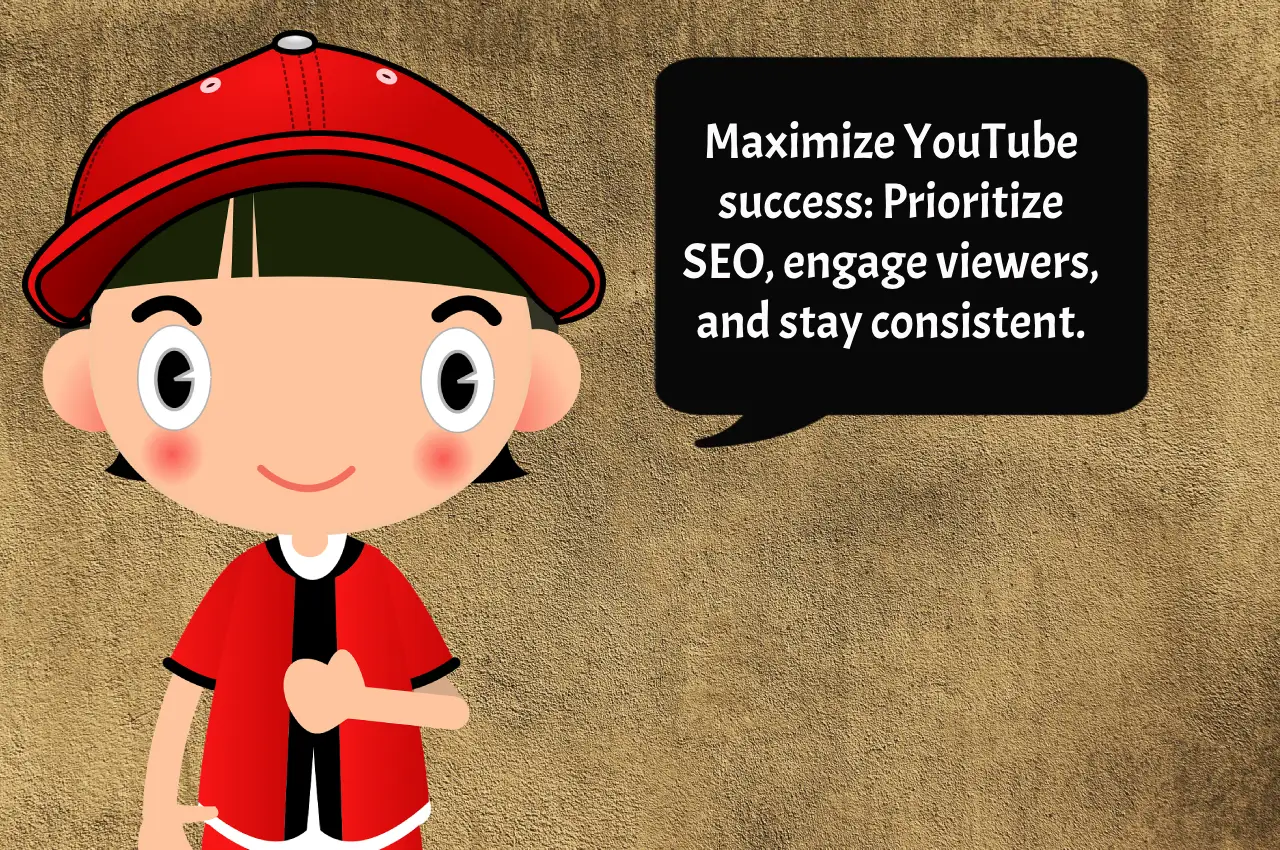In the dynamic world of digital marketing, where consumer preferences evolve at the speed of a click, adopting a tailored approach is no longer a luxury but a necessity. Imagine trying to cater to a diverse audience with a one-size-fits-all marketing strategy – it’s akin to preparing a buffet for guests with varied dietary restrictions. It’s chaotic, inefficient, and, quite frankly, a recipe for disaster. This is where segmentation comes in.
Understanding the Essence of Segmentation Strategies
Segmentation is the compass that guides marketers through the vast sea of consumer diversity. It’s the art of understanding that not every customer is the same and tailoring your approach accordingly. Think of it as creating custom playlists for different moods rather than forcing everyone to dance to the same tune.
Exploring the Criteria for Segmentation
Demographic: Just as a fashion store wouldn’t market the same clothing to teenagers and retirees, demographic segmentation categorizes audiences based on age, gender, income, education, and more.
Geographic: Imagine a clothing line promoting winter wear in tropical regions – not the best strategy. Geographic segmentation targets audiences based on their location, climate, and local nuances.
Psychographic: This is about understanding your audience’s personalities, interests, and values. It’s the difference between offering a thrilling adventure to an adrenaline junkie and a cozy retreat to a bookworm.
Behavioral: Tailoring your approach based on how your audience interacts with your product or service is like serving comfort food to those who crave it and exotic cuisine to the adventurous.
Mastering Segmentation with Analytics
Gather Data: The Ingredients of Insight: Just as a chef needs fresh ingredients, a marketer needs accurate data. Harness tools like Google Analytics, surveys, and social media insights to gather the raw materials for your marketing masterpiece.
Analyze the Data: Tasting the Flavor of Trends: Like a chef tasting their dish during preparation, delve into the data. Identify patterns and trends that will inform your segmentation strategy.
Create Segments: Plating Your Marketing Dish: Armed with insights, craft distinct segments. It’s not about creating an overwhelming menu; it’s about offering a curated selection that caters to specific tastes.
Segmentation Success Stories
E-commerce Triumph: An online retailer, by combining demographic and behavioral segmentation, elevated their email marketing. Customized emails for different age groups and frequent buyers resulted in increased open rates and sales.
Local Bakery’s Sweet Victory: A small bakery’s use of geographic segmentation, offering special deals to local customers, led to a significant surge in foot traffic and sales.
Navigating the Sea of Best Practices
Keep Data Updated: Fresh Ingredients, Fresh Insights: Regularly update your data to ensure its relevance. Think of it as having fresh ingredients for a consistently delightful dish.
Test and Learn: Experimenting with Flavors: Just as a chef experiments with new recipes, marketers should try different segmentation strategies to discover what resonates best with their audience.
Respect Privacy: Navigating Dietary Restrictions: Always be mindful of privacy laws. It’s akin to respecting dietary restrictions – both build trust.
Steering Clear of Common Pitfalls
Over-Segmentation: A Menu Overflowing with Options: Don’t create too many small segments. It’s like overwhelming your audience with an extensive menu.
Cultural Sensitivity: Catering to Diverse Palates: Be aware of cultural differences. Just as you consider various food preferences, understanding cultural sensitivities is vital in global marketing.
Harmonizing Segmentation with Other Strategies
Think of segmentation as the main course, complemented by other marketing strategies. Content marketing, SEO, and social media are the side dishes, enhancing the overall dining experience.
The Evolving Tapestry of Segmentation
With technology advancing at an unprecedented pace, anticipate a future where segmentation becomes even more personalized and dynamic. It’s like transitioning from traditional home cooking to the avant-garde world of molecular gastronomy.
Crafting a Symphony of Targeted Marketing
In the orchestra of marketing, segmentation is the conductor, ensuring each instrument plays its part harmoniously. As a marketer, mastering it is not just a skill; it’s an art that transforms your approach from generic to symphonic.
Have you embraced segmentation in your marketing strategy? Share your challenges, triumphs, and innovative approaches in the comments below. Let’s create a symphony of insights that resonates with marketers worldwide!





